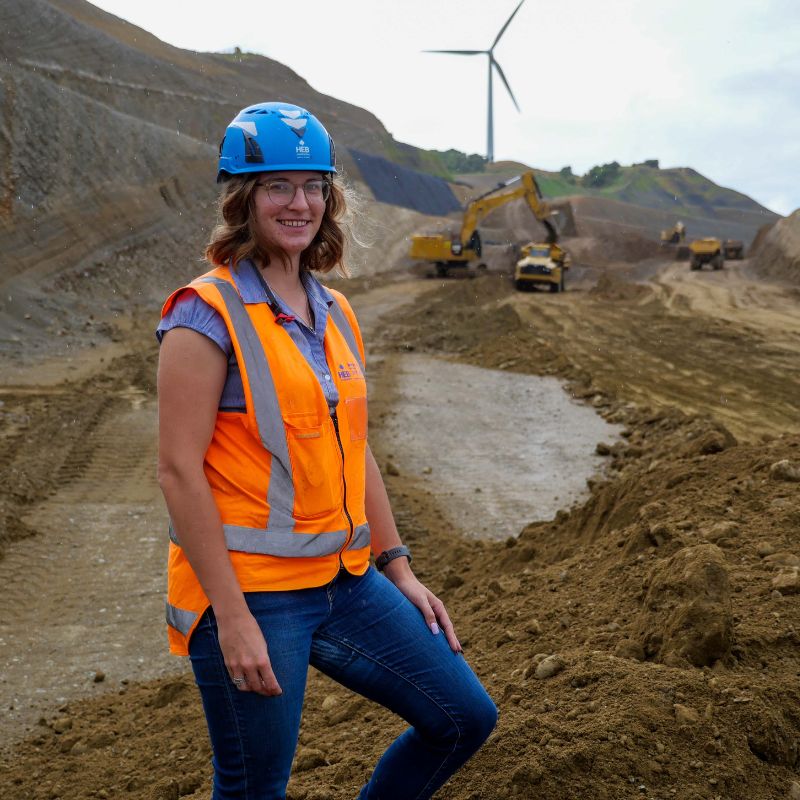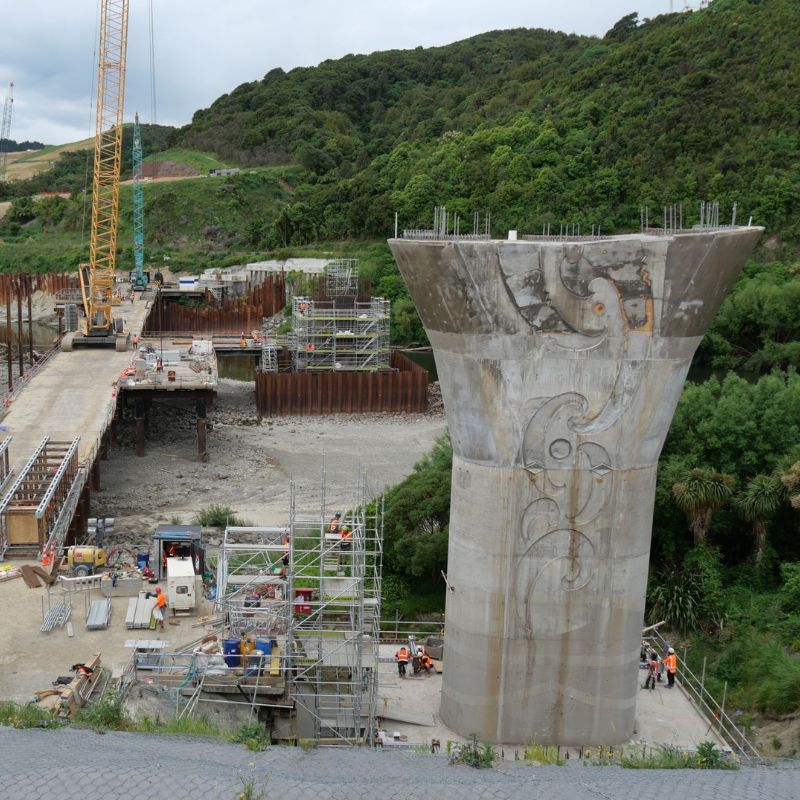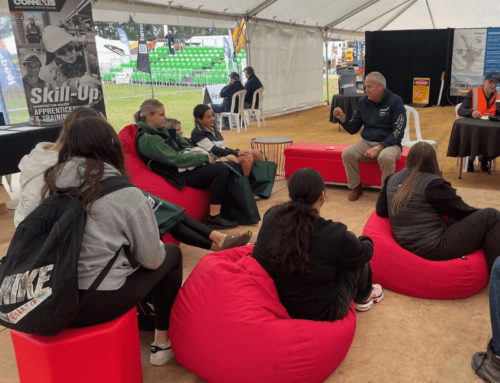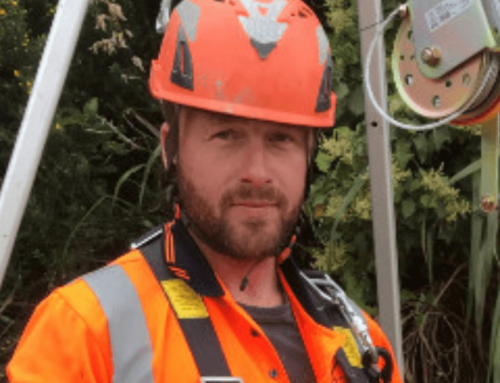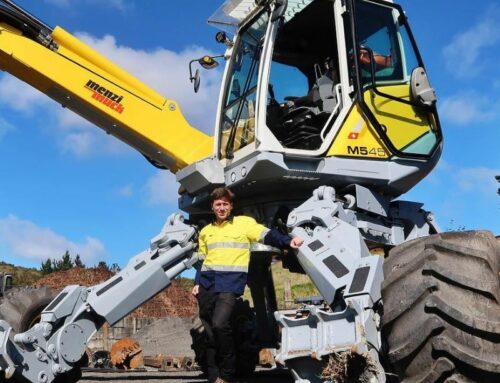She studied in France and did a research internship in New York, but it’s the rugged rolling hills of New Zealand’s Manawatū region that have stolen Florence Blondeau’s heart.
“Sometimes the things that you don’t expect in life turn out to be the greatest. I didn’t really expect to ever come to New Zealand, but it’s probably the best decision I’ve ever made,” she says.
The 28-year-old from Saumur in Western France has just finished a project creating an ecologically engineered living wall for HEB Construction on Waka Kotahi NZ Transport Agency’s high-profile Te Ahu a Turanga – Manawatū Tararua Highway.
The project was her first as project engineer, following stints supervising abseiling teams on State Highway 1 near Kaikōura and work taming Transmission Gully’s engineering challenges as a site engineer in Wellington.
The living wall compensates for the removal of native trees on the side of the new Te Ahu a Turanga – Manawatū Tararua Highway; a 11.5 km route being built to link Ashhurst and Woodville, reconnecting communities by providing a vital link over the Ruahine Range after a slip made SH3 through the Manawatū Gorge impassable.
The wall is made up of native plants, which nestle on a 60-degree slope and mesh with plastic geofabric to support a steep bank alongside the highway. The plants help to stabilise the slope and mitigate the impact of the highway build on the ecology of the area – as required by Waka Kotahi guidelines.
Florence says the biggest challenge her team faced was the tiny footprint of space on the side of the wall they had to use to construct the wall above them. It was also tough working through winter in less-than-ideal weather, but she says she was glad to be working with a good team.
More than meets the eye is one way to describe the living wall hiding on the side of the highway. Florence says only the users of a nearby cycleway would see the wall itself – it’s downhill from the highway so most road users might not appreciate the sustainable engineering solution underneath them.
Florence decided to take the opportunity to work abroad as part of a scheme allowing French citizens to work overseas for VINCI, HEB Construction’s French parent company, under a two-year contract. When the contract ended she didn’t feel like going back.
She says it’s an amazing feeling knowing she was part of the team working to deliver big projects – like turning a mountain into a road.
Job seekers thinking of getting involved in civil construction need to be willing to work hard and do some long days, but there’s a big payoff for all that effort, she says.
“You have a visual reward at the end of the day – I know a lot of jobs don’t have that. I can see every day how my work has benefitted the community.”
A third of Florence’s engineering class in France were female but the numbers she sees in the field in New Zealand haven’t yet reached those heights.
“I really hope that other women will try and get into engineering roles… if they have the capacity to apply themselves they can be successful.”
Her initial decision to come to New Zealand was down to timing, Florence says. She had applied for roles in various countries, including Canada and Colombia, but an employer in New Zealand was the first to respond.
She says that in hindsight it was the perfect outcome and she considers herself lucky to be living in New Zealand.
“It’s more chill here, I really like the way of living, the people, the hiking”.
Starting the working day with a local iwi representative (kaitiaki) performing a karakia was very special, Florence says. She says businesses in Europe could learn a lot from New Zealand and would benefit from being more open to integrating cultural elements into the workplace.
While Florence’s studies were done overseas, there are plenty of New Zealand options for Kiwis looking to start their careers in engineering. These include Victoria University Wellington, University of Auckland, Manukau Institute of Technology and University of Canterbury as well as regional education institutions.
She says a lot of day-to-day skills are also developed through experience and you can learn a lot on the job; the more you ask questions or observe people the better you get. Another entry point is to start in a hands-on role, learn the skills you need on the job and get supported by your employer to build your career in the right direction.
“My site engineer used to be a truck driver, he got experience first then went to university to get an engineering degree – he took the exact opposite approach to me but we ended up doing the same job.”



